OUR COLLABARATIVE APPROCH TO SCHOOLS

IN-CURRICULAM COURSE
2.SYLLABUS ORIENTED CLASSES
3.COST EFFECTIVE PROGRAM
4.TEN MONTH COMPLETE PROGRAM
5.INCORPORATED WITH SCHOOL TIME TABLE

AFTER SCHOOL ACTIVITY
2.BATCH WISE LEARNING
3.MONTHLY AND YEARLY PROGRAM
4.INDIVIDUAL KIT SUPPORT
5.STEM BASED EDUCATION

SUMMER AND WINTER CAMPS
2.LIMITED CONCEPT LEARNING
3.SHORT DURATION CERTIFICATE PROGRAM
LEARN MORE

ROBOTICS
An interdisciplinary area of computer science and engineering is robotics. Robotics involves the creation, maintenance, usage, and operation of robots. Robotics aims to create devices that can aid and support people. Mechatronics, electronics, bioengineering, computer engineering, control engineering, software engineering, mathematics, and other disciplines are all integrated into robotics.
APPLICATIONS
This kind of categorization is becoming pertinent as more and more robots are created for certain activities. For instance, while many robots are made for assembly tasks, they might not be easily convertible to various uses. We refer to them as “assembly robots.” Some companies provide integrated welding systems for seam welding that include the robot, welding equipment, and additional material handling tools like turntables, etc. Even though its individual manipulator unit might be configured to do a variety of jobs, such an integrated robotic system is referred to as a “welding robot.” Some robots are referred to as “heavy-duty robots” because they are made particularly for manipulating hefty loads.
applications, both present and future, consist of:
- Robotic soldiers.
- Commercial robots. Manufacturing has been using robots more and more since 1960s. The automotive industry accounted for 52% of all industrial robot sales in 2016, according to data from the Robotic Industries Association US. They can make up more than half of the “labour” in the car sector. Even other facilities are “lights off,” including an IBM keyboard facility in Texas that was totally automated as early as 2003.
Collaborative robots, or Cobots.
- Robots for construction. Traditional robots, robotic arms, and robotic exoskeletons are the three categories into which construction robots may be divided.
- Robotic tractors (AgRobots).
The idea of AI-assisted precision agriculture and the use of drones are strongly related to the use of robots in agriculture. A herding task can be accomplished by robots, according to 1996–1998 study.
- A variety of medical robots, include (da Vinci and the Hospi Surgical System).
- Automating the kitchen. Flippy (burgers), Zume Pizza (pizza), Cafe X (coffee), Makr Shakr (cocktails), Frobot (frozen yoghurts), and Sally are commercial instances of kitchen automation (salads). Home examples include Boris and Rotimatic (which bakes flatbreads) (dishwasher loading).
- Robot fighting for sport is a pastime or sporting activity in which two or more robots compete in an arena to knock one another out. From a pastime in the 1990s to several TV programmes airing globally now.
- Cleanup of polluted sites, such as nuclear power plants or hazardous waste dumps.
- Household robots.
- Nano robots.
- Robotic swarms.
- Drones with autonomy.
- Line markings on athletic fields.
- Robotics education. Coding, arithmetic, and creative abilities are taught using robots such the LEGO® Mindstorms and Ozobots.Educational robotics. Robots such as LEGO® Mindstormsand Ozobotsare used to teach coding, mathematics, and creative skills.
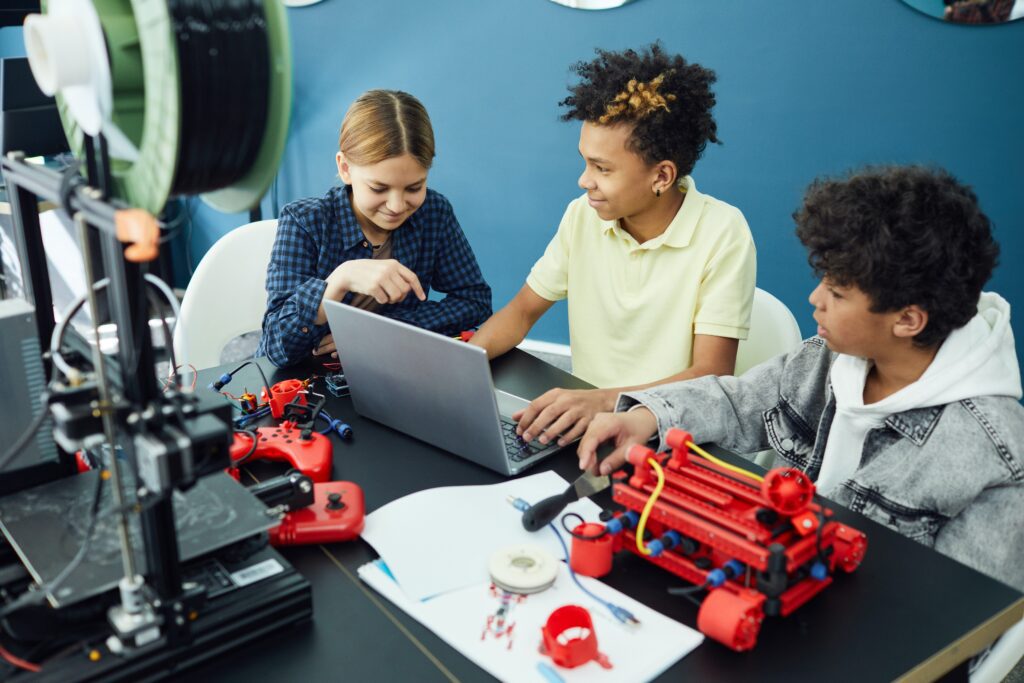
3D PRINTING
The process of building a three-dimensional object from a CAD model or digital 3D model is known as additive manufacturing, or 3D printing. It can be carried out via a number of techniques in which material is brought together, often layer by layer, and then deposition, joining, or solidification are controlled by computers.
Rapid prototyping was a more apt word for 3D printing at the time since it was thought to be primarily useful for producing functional or aesthetically pleasing prototypes. The phrase “additive manufacturing” can be used to refer to various 3D printing methods as of 2019, since its accuracy, repeatability, and material selection have improved to the point that some 3D printing techniques are regarded feasible as an industrial-production technology be utilised interchangeably with 3D printing. The capacity to create extremely complex forms or geometries that would otherwise be difficult to manufacture by hand, including hollow pieces or items with internal truss systems to minimise weight, is one of the main benefits of 3D printing. As of 2020, the most popular 3D printing technique is fused deposition modelling (FDM), which makes use of a continuous filament made of a thermoplastic substance.

ATAL TINKERING
The Atal Innovation Mission of the Indian government includes a sub-mission called Atal Tinkering Labs (ATL). The Government of India’s AIM launched the flagship programme called ATL to foster an innovative mentality among high school students all around the country.
ATAL tinkering lab benefits
- To design environments where young minds may gain innovative skills, shape concepts via practical exercises, and work and learn in a flexible setting.
- To provide our young people with the abilities necessary for the twenty-first century, including creativity, innovation, critical thinking, design thinking, social and intercultural collaboration, ethical leadership, etc.
- To contribute to the development of creative solutions for India’s particular issues and so aid India in its attempts to become a knowledge economy.
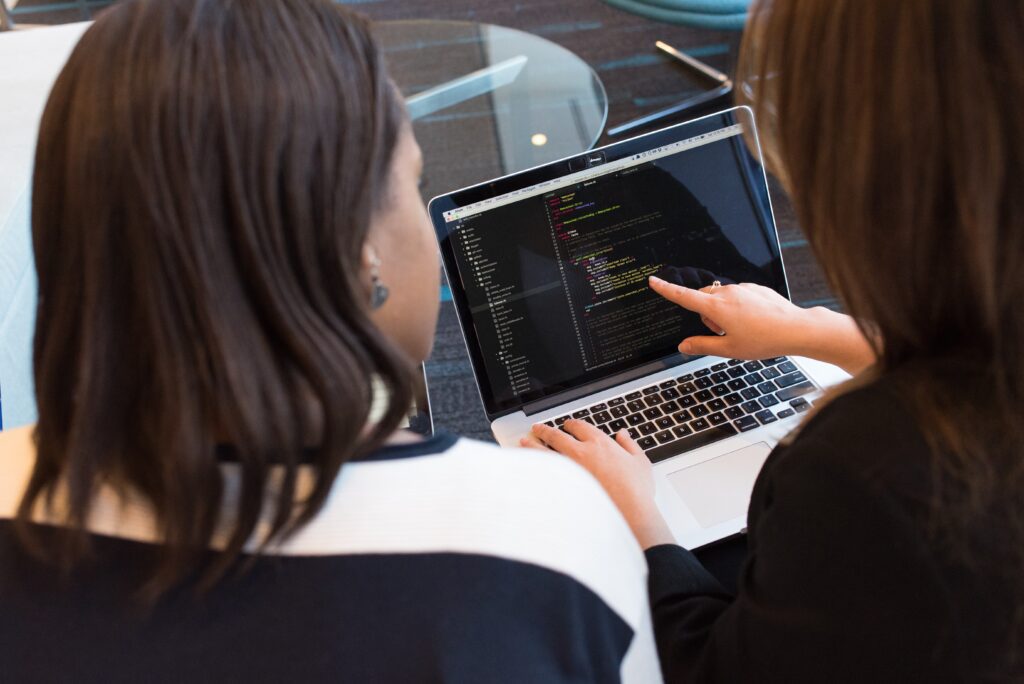
PROGRAMMING
Programming is the process of creating a set of instructions that tell a computer how to perform a task. Programming can be done using a variety of computer programming languages, such as JavaScript, Python, and C++.
A cross-platform, free and open-source IDE called Code::Blocks supports several compilers, including GCC, Clang, and Visual C++. It is created in C++ with the GUI toolkit wxWidgets.
Its features and capabilities are defined by the offered plugins using a plugin architecture. Code::Blocks is currently focused on C, C++, and Fortran. It has an optional Make support feature and a custom build system.
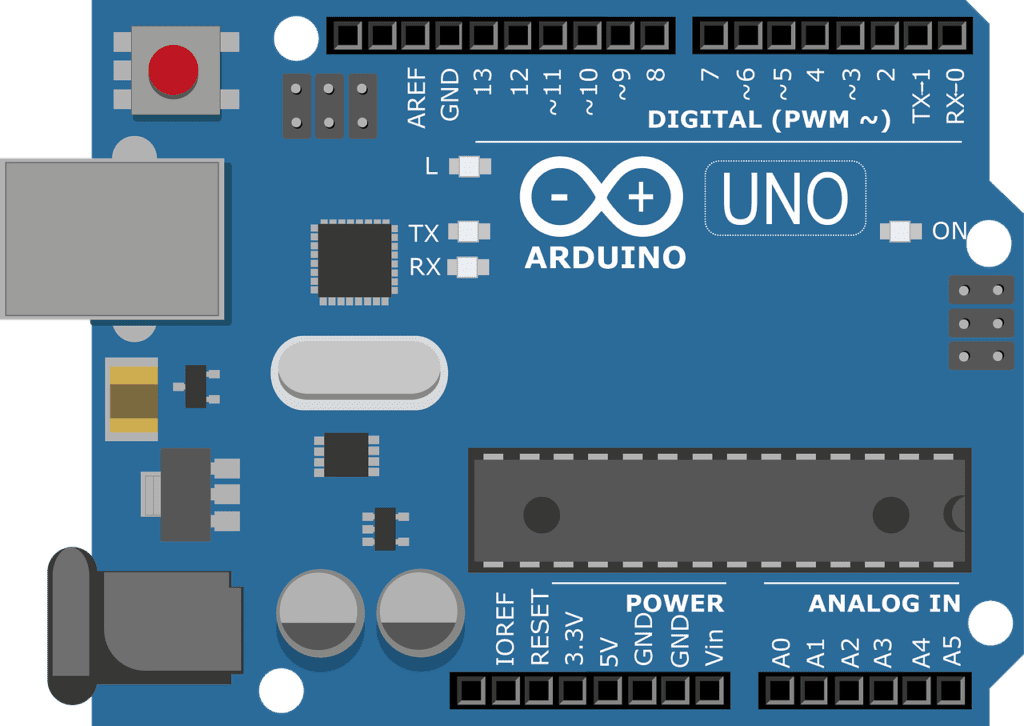
ARDUINO
Arduino is a firm that creates and produces single-board microcontrollers and microcontroller kits for creating digital devices. It is an open-source hardware and software initiative. Its software is released under the GNU Lesser General Public License (LGPL) or the GNU General Public License (GPL), allowing anybody to distribute it and make Arduino boards. Its hardware items are released under a CC BY-SA licence. Commercial Arduino boards are offered on the official website or via accredited distributors.
Different types of microprocessors and controllers are used in Arduino board designs. The boards have a variety of extension boards (called “shields”), breadboards (for prototyping), and other circuits that may be interfaced to the sets of digital and analogue input/output (I/O) pins on the boards. The boards have serial communications interfaces, such as Universal Serial Bus (USB) various models, which are also utilised for programme loading. The C and C++ programming languages, as well as a standard API known as the Arduino language, which was modelled after the Processing language and used with a modified version of the Processing IDE, may be used to programme the microcontrollers. The Arduino project offers an integrated development environment (IDE) and a command line tool created in Go in addition to utilising conventional compiler toolchains.
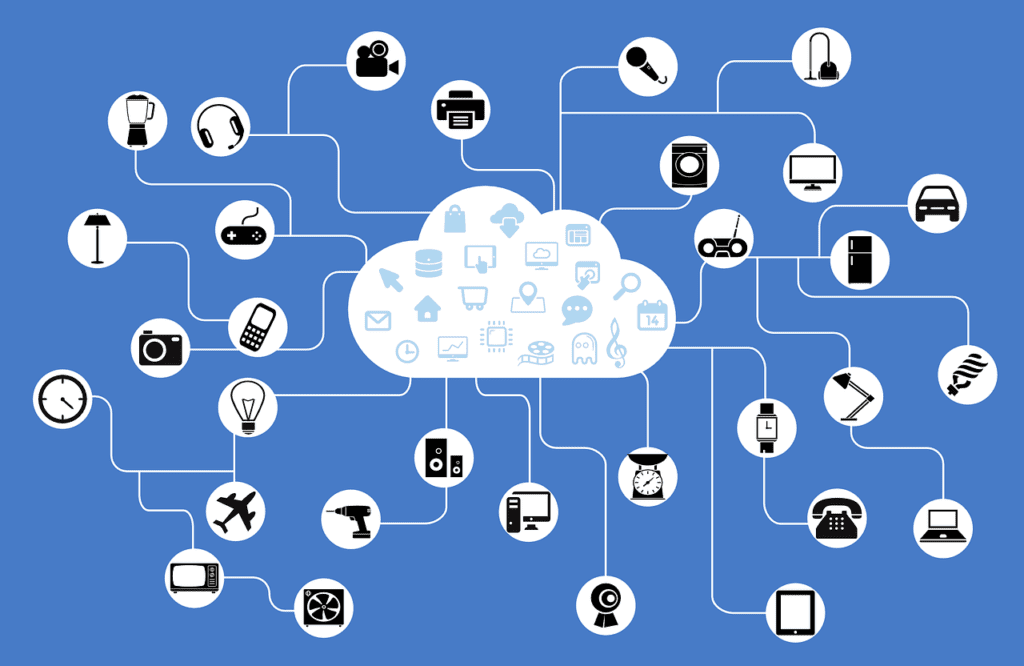
IOT
The term “Internet of things” (IoT) refers to physical items (or groups of such objects) equipped with sensors, computing power, software, and other technologies that communicate with one another and exchange data through the Internet or other communications networks. The term “internet of things” has been criticised because gadgets only need to be individually accessible and connected to a network, not the whole internet.
The fusion of several technologies, such as ubiquitous computing, widely available sensors, sophisticated embedded systems, and machine learning, has caused the sector to advance. The Internet of things is enabled by the traditional disciplines of embedded systems, wireless sensor networks, control systems, and automation (including home and building automation). IoT technology in the consumer industry is most commonly used to refer to goods associated with the idea of the “smart home,” which includes gadgets and appliances (like lightbulbs, thermostats, home security systems, cameras, and other household appliances) that support one or more common ecosystems and can be controlled by gadgets related to those ecosystems, like smartphones and smart speakers. Systems for providing healthcare also leverage IoT.
The establishment of worldwide and local standards, guidelines, and regulatory frameworks is just one step in the industry and governmental efforts to address the dangers associated with the expansion of IoT technology and products, particularly in the areas of privacy and security.
APPLICATIONS
- connected vehicles
- home automation
- wearable technology
- connected health
- and appliances with remote monitoring capabilities etc.

CIRCUITS

AUGMENTED REALITY AND VIRTUAL REALITY
The actual environment and computer-generated material are combined in augmented reality (AR), an interactive experience. The information can be presented in a variety of ways, including visually, aurally, haptically, somatosensorily, and olfactorily. A system that combines the real and virtual worlds with real-time interaction and precise 3D registration of real and virtual objects utilising position tracking is known as augmented reality (AR).
Mixed reality and augmented reality are often used interchangeably. Additionally, the terms for extended reality and computer-mediated reality are similar.

- Archaeology
- Architecture
- Urban design and planning
- Education
- Industrial manufacturing etc.
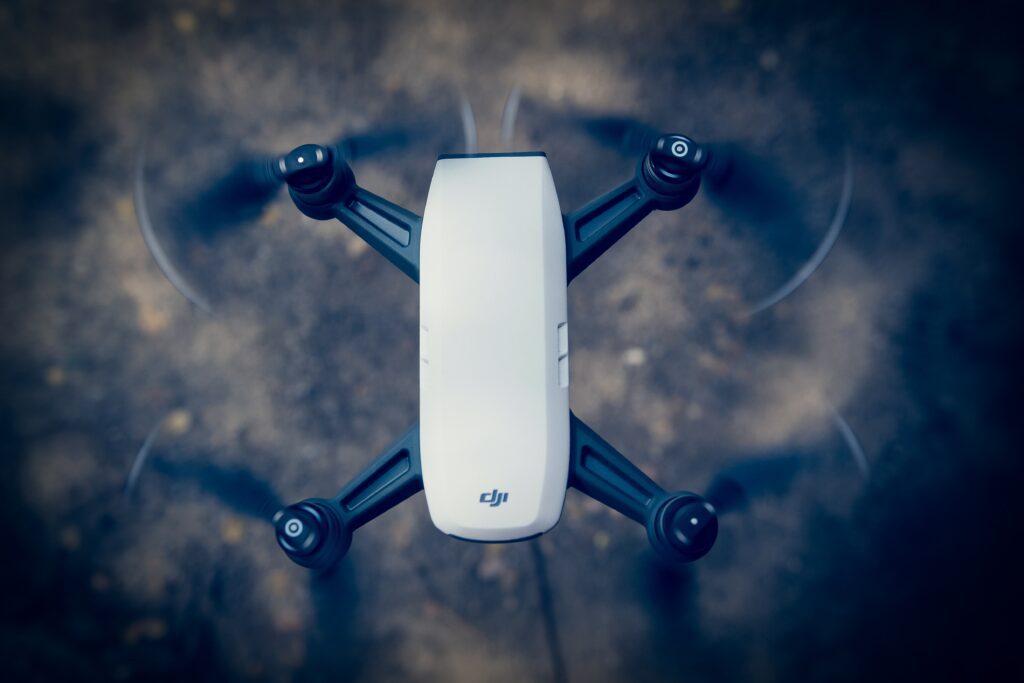
DRONE
A drone is a type of unmanned aerial vehicle (UAV), which is an aircraft without a human pilot, crew, or passengers. Unmanned aerial vehicles (UAVs) are a part of unmanned aircraft systems (UAS), which also feature the addition of a controller on the ground and a communications network with the UAV. UAVs’ flight can be remotely flown by a human operator, or it can have varying degrees of autonomy, such as autopilot help, up to completely autonomous aircraft that don’t allow for human involvement.
UAVs were initially created in the twentieth century to perform military tasks deemed “dull, dirty, or dangerous” for humans. By the twenty-first century, they had evolved into vital tools for the majority of militaries. Control technologies’ use increased to several non-military applications as they became more affordable and effective. These include tracking forest fires, aerial photography, product delivery, agriculture, law enforcement and surveillance, checking the condition of infrastructure, amusement, science, smuggling, and drone racing.

- Aerial photography for journalism and film
- Express shipping and delivery
- Gathering information or supplying essentials for disaster management
- Thermal sensor drones for search and rescue operations
- Geographic mapping of inaccessible terrain and locations
- Building safety inspections
- Precision crop monitoring
- Unmanned cargo transport
Subscribe Now
Don’t miss our future updates! Get Subscribed Today!

